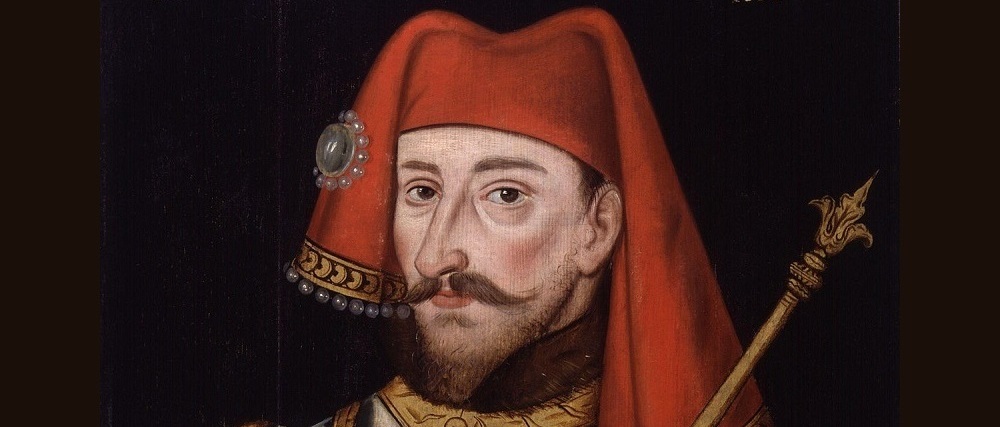Henry IV of England
Posted on 4th January 2021
Henry Bolingbroke was born in April 1366 at Bolingbroke, Lincolnshire, England. His father was the influential John of Gaunt, 1st Duke of Lancaster and his mother Blanche of Lancaster.
Henry spent much of his childhood with his cousin Richard, later to become King Richard II of England. When Richard took the throne, the relationship between the two men became strained, however Richard did bestow titles on Henry including Earl of Derby and Duke of Hereford.
Marriage was agreed between Henry and Mary de Bohun when they were both children, the marriage finally taking place on 27 July 1380. Mary had seven children, dying during the labour of her final child. She was never to be queen as she died before Henry became King.
In 1386, Henry joined the Lords Appellant, a group of nobles who would rebel against King Richards rule in 1387, forcing him to accept their council and to outlaw his closest and most trusted associates.
After Richard regained control he exiled or executed many that had rebelled against him, however he didn’t punish Henry.
Henry went on expedition in 1390 – 1392, following this with a pilgrimage to Jerusalem later in 1392 - 1393.
In 1398 Henry and Thomas de Mowbray, 1st Duke of Norfolk had a disagreement about Richards rule resulting in an accusation of treachery. The two of them agreed a dual, but before this could take place Richard exiled Mowbray for life and banished Henry for ten years.
In 1399 Henrys father John of Gaunt died; Henry should now inherit his father’s lands, but Richard banned him from doing so. This decision would result in Henrys return.
The former Archbishop of Canterbury, Thomas Arundel had been exiled by Richard for his involvement in the Lords Appellant. Henry met with him and they both decided to return to England while Richard was on military campaign in Ireland.
Arundel was Henrys adviser and the two began a military campaign to gain control of England. Any that opposed Henry had their lands confiscated.
Reign 1399 - 1413
Henry gained enough power and support to have himself declared King Henry IV and was crowned on 13 October 1399. Richard was imprisoned and later died in mysterious circumstances.
Henry married his second wife Joan of Navarre on 7 February 1403, but this marriage remained childless. Joan did not have a good opinion of England and she was never popular with the people.
Much of Henrys reign was spent in dealing with rebellion. He dealt with rebellion from Owain Glyndwr who named himself Prince of Wales in 1400, and the most serious challenge to Henrys reign, rebellion of Henry Percy, 1st Earl of Northumberland and his son Henry, known as Hotspur. This rebellion was finally defeated at the Battle of Shrewsbury on 21 July 1403.
Many rebellions were to continue throughout the remainder of Henrys reign, even as his health deteriorated. Henry was struck by a disfiguring skin disease which forced him to become a recluse.
Control of the government was finally placed into the hands of a council with support from Henry, Prince of Wales, Henry IV’s ambitious son.
Henry IV died on 20 March 1413 at Westminster Palace, London. He was buried later at Canterbury Cathedral in Kent.
Tagged as: Junior Middle Ages
Share this post:





